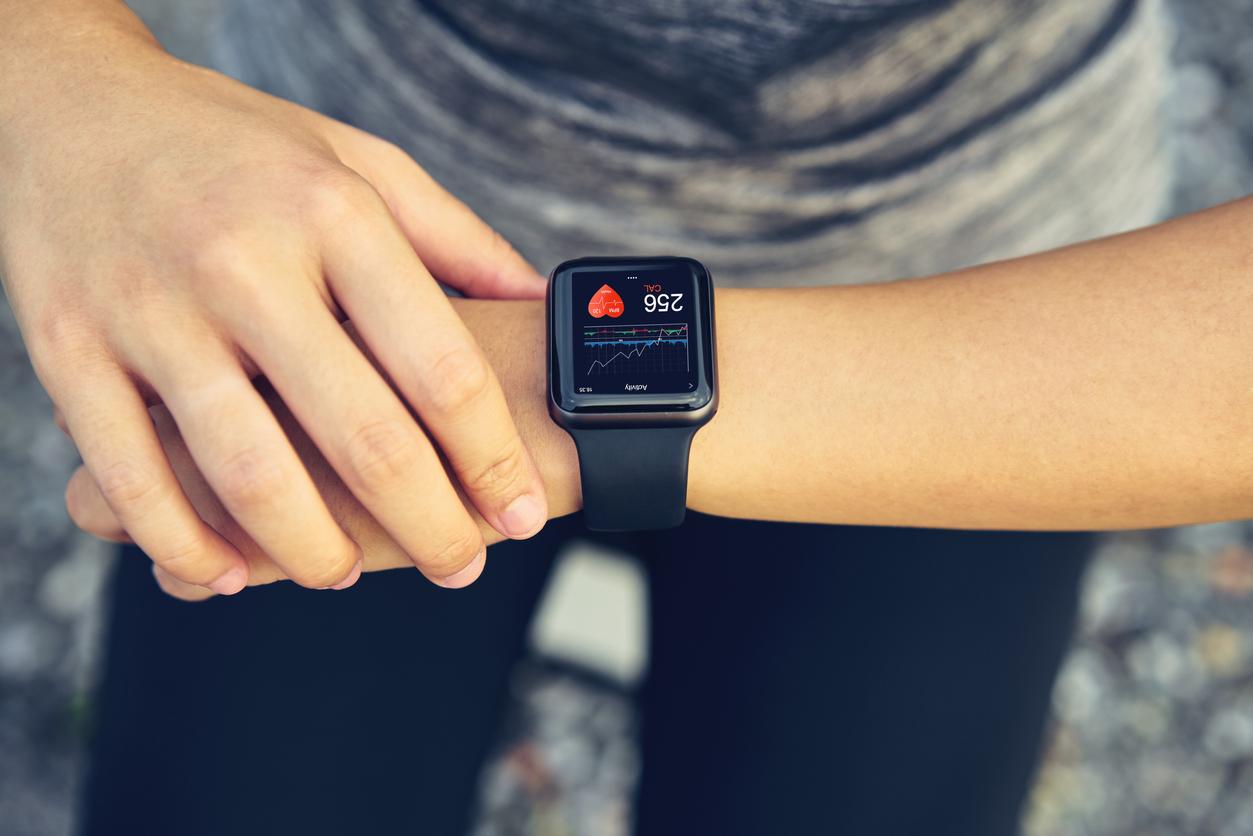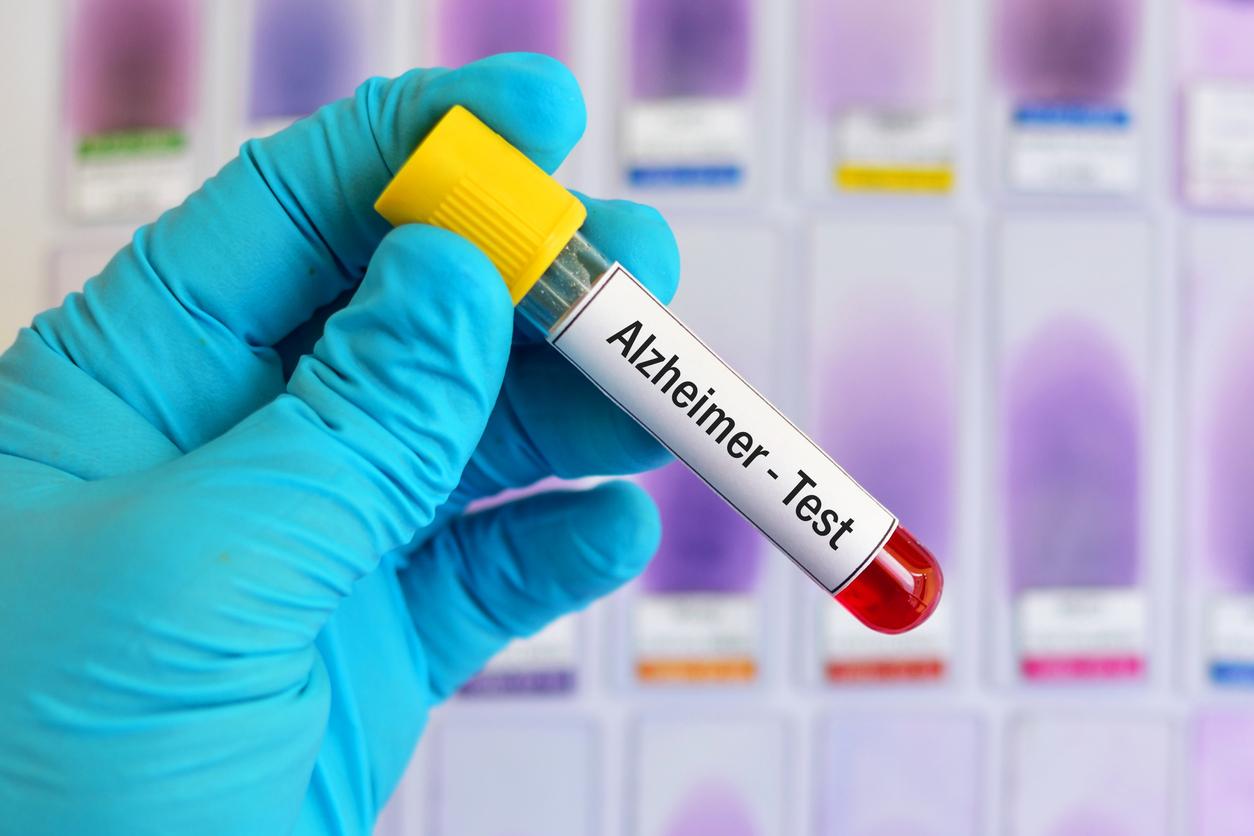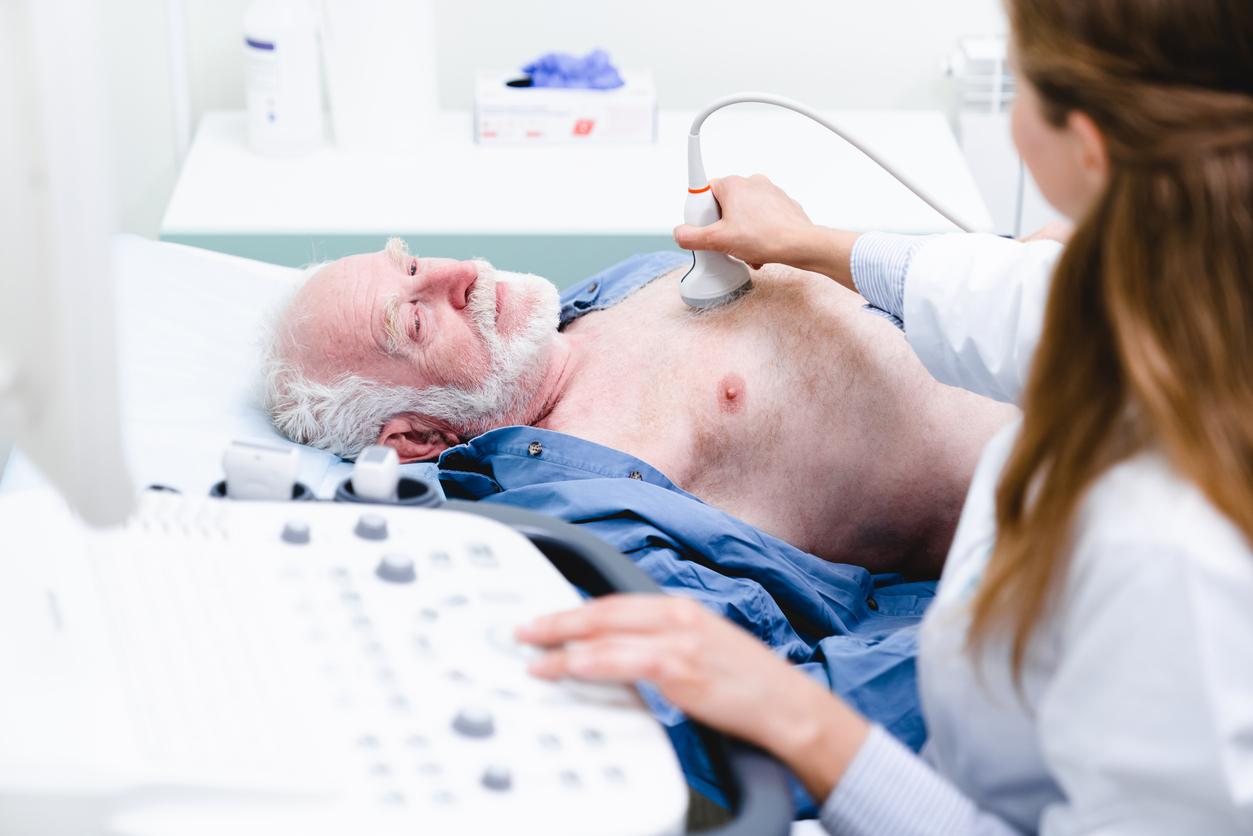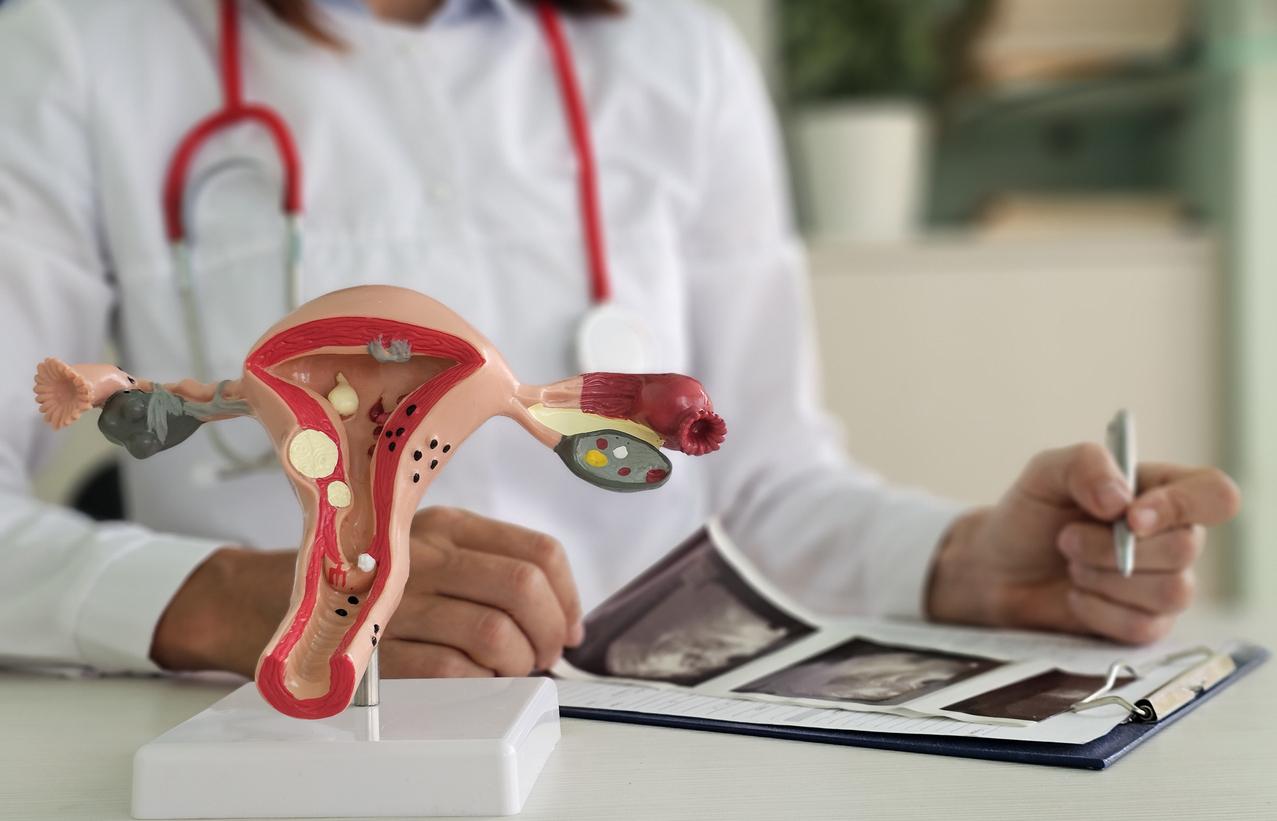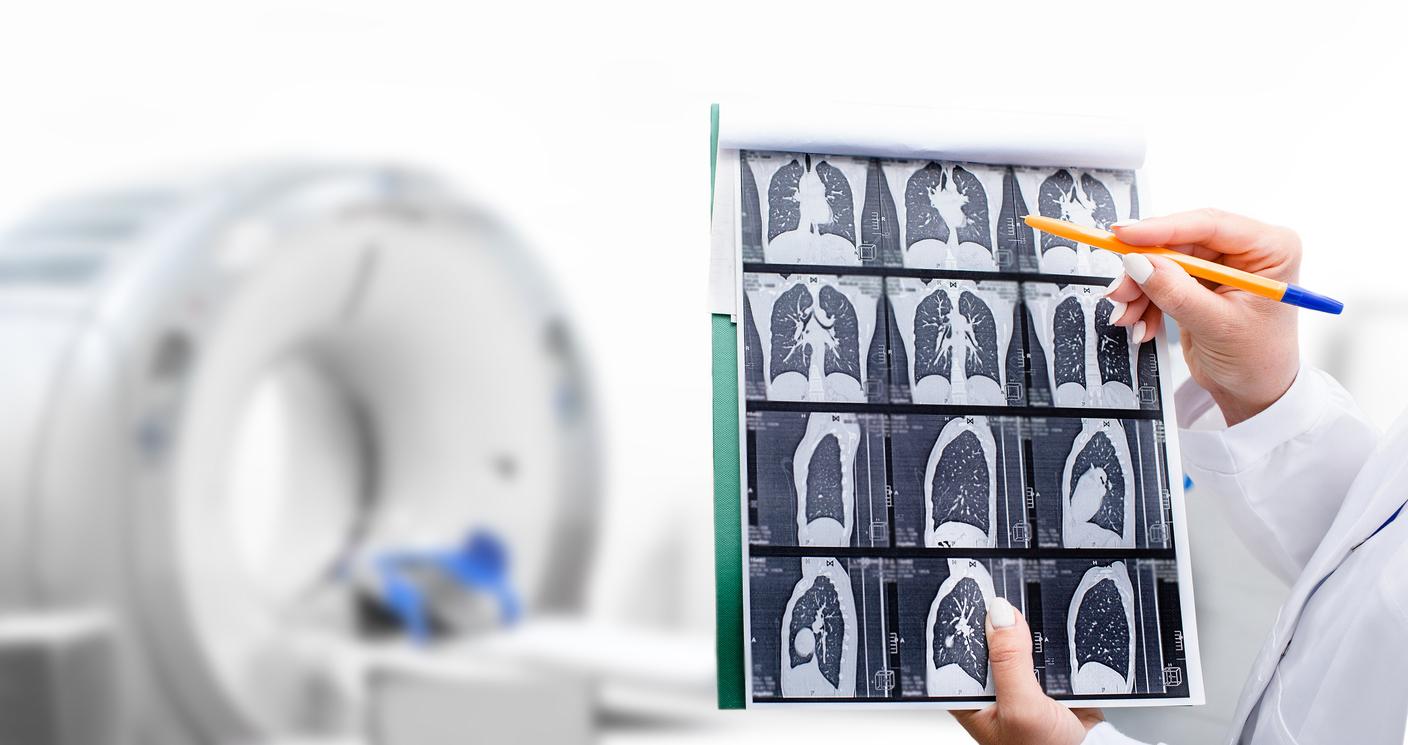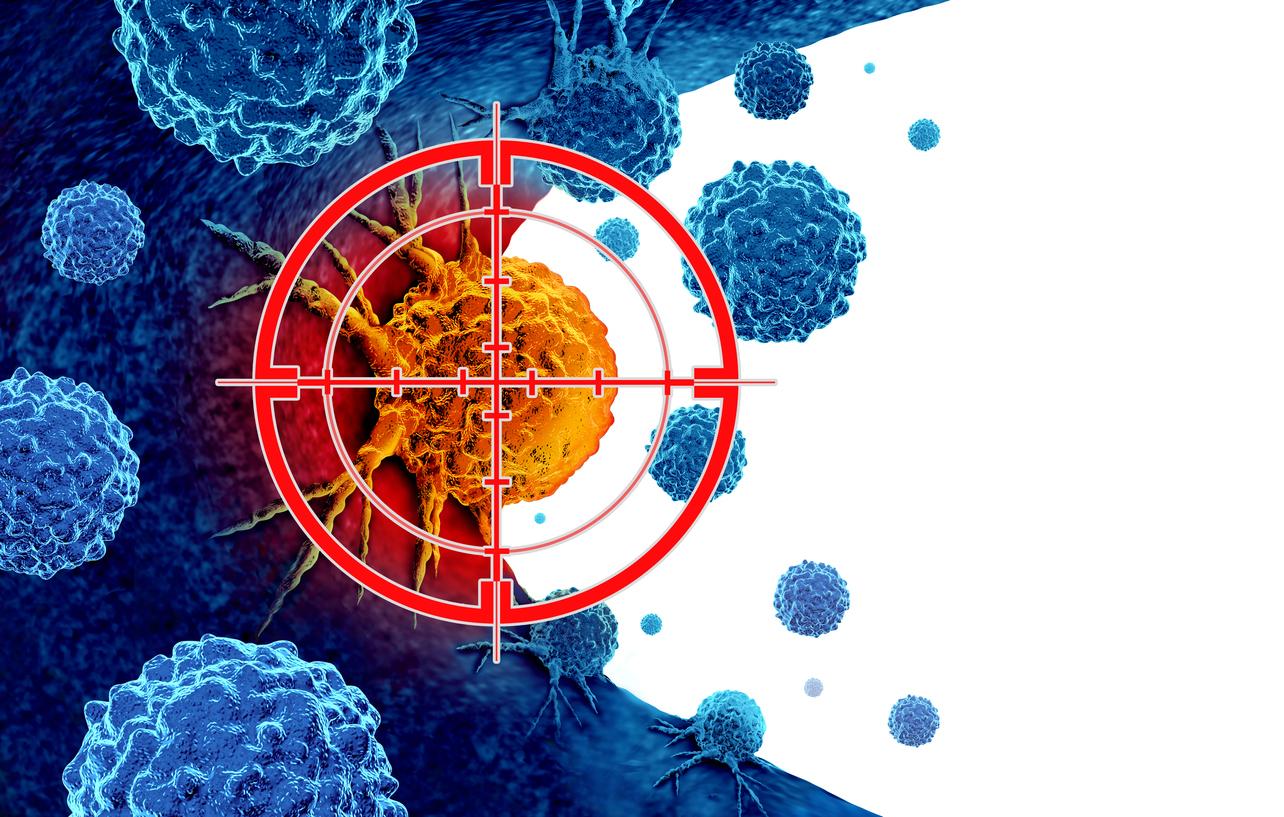American researchers reveal that a connected watch is able to detect a serious arrhythmia such as atrial fibrillation.

Atrial fibrillation is a form of rhythm disorder that is sometimes difficult to detect because it is paroxysmal. The problem is that “AF” exposes you to stroke-like thromboembolic complications in the brain. Around the world, atrial fibrillation affects 34 million people. As this pathology is often asymptomatic, it cannot be detected before the onset of the first stroke. Detecting it is a real challenge.
A team of Californian researchers reveals in a recent observational study that a simple connected watch can detect atrial fibrillation. Their results are published in the Jama Cardiology of March 21, 2018.
A connected watch equipped with an algorithm
With a new algorithm, a connected watch was able to detect an irregular heartbeat corresponding to atrial fibrillation, with great precision. Researchers at the University of California followed a group of 51 patients on drug or electrical therapy aimed at restoring a regular heart rhythm over a period from 2016 to March 2017.
These patients were equipped with a connected watch in order to collect their heart rate data in order to identify possible atrial fibrillation. The objective was, among other things, to obtain data on the heart rate and the number of steps in order to develop an algorithm capable of detecting atrial fibrillation.
Study shows #AppleWatch can be used to passively detect #atrialfibrillation using. Learn how https://t.co/n0acH8iozA #ArtificialIntelligence #HAVE
– JAMA Cardiology (@JAMACardio) March 22, 2018
Detection of arrhythmias in 98% of cases
In practice, the researchers obtained results with a sensitivity of up to 98% and a specificity of 90.2%. The study authors conclude that a smartwatch equipped with an algorithm can passively detect atrial fibrillation.
A simple connected watch could constantly monitor atrial fibrillation and thus prevent the occurrence of a large number of deaths. There is, however, a loss of sensitivity and specificity compared to a standard ECG and that future studies will determine the optimal role of heart rate assessment using a smartwatch.

.








